Tribal humiliation: Urination incident shows up caste oppression is rife in India
The politics being pursued by the BJP and its related organizations have a multipronged strategy to win over indigenous communituies electorally by emotive symbolic actions, to Hinduise them on the one hand, and to maintain the upper-caste hegemony on the other.
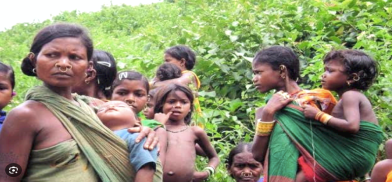
On July 6, Pravesh Shula, identified as a political activist, urinated on a man who belonged to India's indigenous communities, called Adivasis. Shukla, the media said, was a close associate of Kedarnath Shukla, the local BJP legislator in central India's Madhya Pradesh state which is ruled by the country's dominant ruling party. When Pravesh was peeing, his friend Deep Narayan Sahu was videotaping the whole incident, the local media said. The person on whom Shukla was urinating reportedly out of fear kept quiet, but as the video of the incident surfaced, Madhya Pradesh Chief Minister Shivraj Chouhan claimed that Dasmath Rawat was the victim. Dasmat denied that. Still, he was called by the CM to his house.
As the video of this shameful act made rounds, condemnations came forth. CM Chouhan called Rawat to his house, washed his feet, garlanded him, and also offered money as television channels showed the act live to millions of households across India. CM Chouhan dismissed the caste angle; he said that criminals have no caste, while the upper caste arrogance and Adivasi subjugation are writ large on this incident. He also sent bulldozers to Pravesh Shukla’s house and demolished the illegal part of his house. Chauhan seems to be out to show remorse with elections around the corner in his state, as he had to demonstrate acts of penitence by washing his feet and offering monetary compensation to the alleged victim.
As the reprehensible incident surfaced, Neha Singh Rathore, the noted Bhojpuri Singer, posted a cartoon on this and a police case was slapped against her.
BJP's dual policy
There are many cases of anti-Adivasi atrocities in India as such. MP has 21 per cent of Adivasi population, of which the Kol tribe, to which Dasmath belongs - the 'real victim' may not be known probably - is the third largest one. There are 47 assembly constituencies and seven parliamentary constituencies where the Adivasi vote matters. In the last elections, the Congress won a majority of the seats in these areas, and this helped Kamal Nath of the Congress to become the chief minister. It is another matter that through politically engineered defections his government fell and Shivraj Chouhan of BJP became the chief minister.
The BJP has a dual policy as far as Adivasis are concerned. It has been claimed that Adivasis are Hindus. Surely Adivasi culture is very different and their own self-perception about their religion is very different. The BJPs parent organization RSS has floated Vanvasi Kalyan Ashram (Forest Dweller Welfare Center, VKA) to Hinduize Adivasis and to co-opt them. To begin with, the RSS combine does not call them Adivasis and just calls them Vanvasis (forest dwellers). The reason for RSS not calling them Adivasis is that the whole Hindu nationalist ideology is based on the claim that Hindus have been the ‘first comers’ and 'Hindu Rashtra' has been there from times immemorial. If Adivasis are the original inhabitants, then this claim falls flat.
VKA has been very active in Adivasi areas, Dangs, Jhabua, and Kandhmal in particular. Here through cultural mechanisms, it has been trying to infuse Brahmanical culture. They have selected icons from Adivasis and projected them with great pomp and show. In Dangs' Shabri temple, Shabri Kumbh (congregation) and promotion of Lord Hanuman as the major deity has been going on. The projection of destitute Shabri as their idol may be a message for upholding destitution and deprivation for Adivasis. As the mythology goes, Shabri offered the berries to Lord Ram as she could not afford more. Shabri Kumbhs have been held in Dangs and Adivasis areas of MP to culturally win them over. The promotion of Lord Hanuman as the major deity in these areas needs to be given a lot of thought. While in urban areas, it is Lord Rama, why is Lord Hanuman projected in Adivasi areas?
In these areas, icons are also selected from their history and projected to be against Muslims. Also another Adivasi, Rani(queen) Kamalapati, has been eulogized, Habib Ganj station has been renamed Rani Kamalapati Railway Station, and a museum in her memory is being planned. Similarly, Kol Jayanti Mahakumbh (anniversary congregation) was organized to win over this community for electoral gains and to co-opt them under the hegemony of upper-caste politics.
Anti-Christian overtones
VKA on the one hand has been doing social service among these communities also. The sociological process of Sanskritzation (emulating upper castes) is very much at play.
At the same time, an atmosphere of intimidation has been built up by targeting Christian missionaries working in the areas. The Christian missions mostly work in the health and education areas. This leads to Adivasis being attracted to Christian missionaries and their work in the field of education has the potential of empowering them. The low-intensity anti-Christian violence flares up on occasions into major frightening events like the rape of nuns in Jhabua, the burning of Pastor Stains in Keonjhar (Odisha) and the horrific Kandhamal violence of August 2008.
At the social level, the caste hierarchy reigns supreme, and this urination incident is just a sample of that. The plight of Adivasis like other marginalized communities has remained pathetic; their empowerment is on the back burner. The terror of the upper caste affluent is so strong that atrocities against them go unregistered. As such the National Coalition for Strengthening SCs and STs (PoA) Act (NCSPA) believes that despite explicit constitutional provisions and guidelines, the suffering of Dalits and Adivasi communities across India remains undiminished. This community is not only the victim of this scourge of the caste system but also faces institutional discrimination and social exclusion, the report points out. Further, the report reveals that atrocities against Scheduled Tribes (ST) have increased by 6.4 per cent in 2021, with Madhya Pradesh reporting the highest number of cases accounting for 29.8 per cent followed by Rajasthan with 24 per cent and Odisha with 7.6 per cent.
The politics being pursued by the BJP and its related organizations have a multipronged strategy to win over indigenous communituies electorally by emotive symbolic actions, to Hinduise them on the one hand, and to maintain the upper-caste hegemony on the other. The much-publicized act of washing feet and offering money bags to the offended family is tokenism bereft of any remorse for the policies being pursued.
(The writer, a former IIT Bombay professor, is Chairman, Centre for Study of Society and Secularism, Mumbai. Views are personal.)





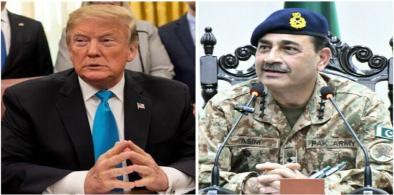
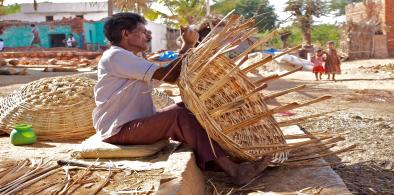
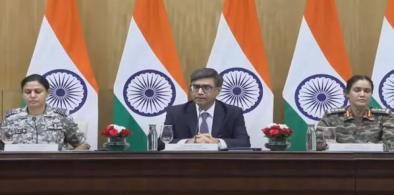
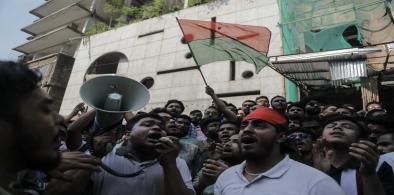
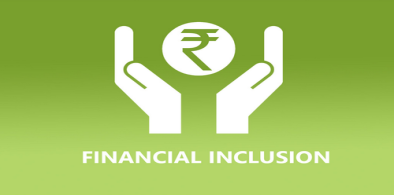

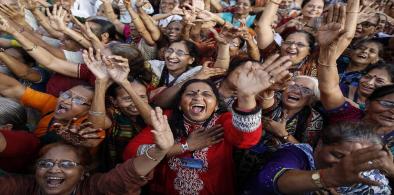
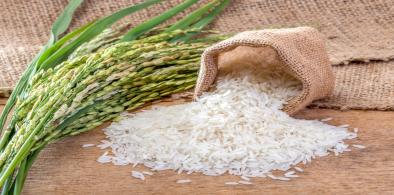

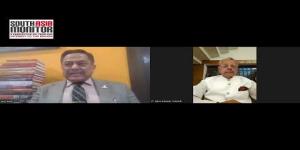





Post a Comment